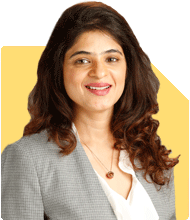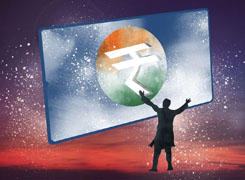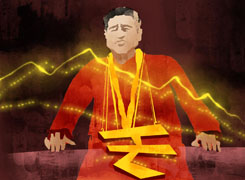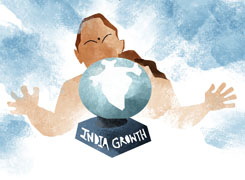Seeking Career Options: A BA Student in Lucknow University
Nayagam P P |10858 Answers |Ask -Follow
Career Counsellor - Answered on Dec 29, 2024
He started his career as an HR professional and has over 10 years of experience in tutoring and mentoring students from Classes 8 to 12, helping them choose the right stream, course and college/university.
He also counsels students on how to prepare for entrance exams for getting admission into reputed universities /colleges for their graduate/postgraduate courses.
He has guided both fresh graduates and experienced professionals on how to write a resume, how to prepare for job interviews and how to negotiate their salary when joining a new job.
Nayagam has published an eBook, Professional Resume Writing Without Googling.
He has a postgraduate degree in human resources from Bhartiya Vidya Bhavan, Delhi, a postgraduate diploma in labour law from Madras University, a postgraduate diploma in school counselling from Symbiosis, Pune, and a certification in child psychology from Counsel India.
He has also completed his master’s degree in career counselling from ICCC-Mindler and Counsel, India.
... more

Sir, my name is ayush Chaudhary. I am from uttar pradesh. I am pursuing my graduation degree BA in hours from Lucknow University teer 3 college reason. I can understand english almost and I can speak english little bit. Now, what are career options that I can pursue.
• Civil Services (UPSC or State PSCs): Prepare for UPSC or Uttar Pradesh PSC exams while pursuing graduation.
• Teaching or Academia: Pursue a B.Ed post-BA to qualify for teaching positions in schools.
• Content Writing and Journalism: Start with freelance writing jobs or internships. Consider a postgraduate diploma in Journalism or Mass Communication.
• Sales and Marketing: Apply for jobs in FMCG, real estate, or insurance sectors and improve communication skills.
• Customer Service and BPO Jobs: Apply to companies with customer support operations and gain initial experience.
• Digital Marketing: Take online courses on platforms like Coursera or Udemy and start working as a freelancer.
• Government Jobs: SSC CGL, CHSL, Railways, Banking (IBPS, SBI PO/Clerk), and Uttar Pradesh government jobs.
• Law (LLB): Pursue a 3-year LLB after BA and become a lawyer.
• Social Work: Pursue a Master’s in Social Work (MSW) or join NGOs for on-ground experience.
• Entrepreneurship: Take small courses in business or entrepreneurship and seek guidance from mentors or incubators.
• Skill Development: Improve English Communication, Computer Skills, and Certifications.
• Steps to Take Right Now: Evaluate Interests, Start Learning, Network, Apply for Internships, and Prepare for Competitive Exams.
All The BEST for Your Prosperous Future, Ayush.
Follow RediffGURUS to Know More on ‘Jobs | Education | Careers’.
You may like to see similar questions and answers below
Ashwini Dasgupta | Answer |Ask -Follow
Personality Development Expert, Career Coach - Answered on Feb 06, 2024
Patrick Dsouza |1429 Answers |Ask -Follow
CAT, XAT, CMAT, CET Expert - Answered on Jun 13, 2025
Ramalingam Kalirajan |10899 Answers |Ask -Follow
Mutual Funds, Financial Planning Expert - Answered on Dec 17, 2025
Ramalingam Kalirajan |10899 Answers |Ask -Follow
Mutual Funds, Financial Planning Expert - Answered on Dec 17, 2025
Ramalingam Kalirajan |10899 Answers |Ask -Follow
Mutual Funds, Financial Planning Expert - Answered on Dec 17, 2025
Ramalingam Kalirajan |10899 Answers |Ask -Follow
Mutual Funds, Financial Planning Expert - Answered on Dec 17, 2025
Ramalingam Kalirajan |10899 Answers |Ask -Follow
Mutual Funds, Financial Planning Expert - Answered on Dec 17, 2025
Mayank Chandel |2576 Answers |Ask -Follow
IIT-JEE, NEET-UG, SAT, CLAT, CA, CS Exam Expert - Answered on Dec 17, 2025
Radheshyam Zanwar |6747 Answers |Ask -Follow
MHT-CET, IIT-JEE, NEET-UG Expert - Answered on Dec 16, 2025
Shalini Singh |181 Answers |Ask -Follow
Dating Coach - Answered on Dec 16, 2025
Patrick Dsouza |1429 Answers |Ask -Follow
CAT, XAT, CMAT, CET Expert - Answered on Dec 16, 2025
Nayagam P P |10858 Answers |Ask -Follow
Career Counsellor - Answered on Dec 16, 2025
























